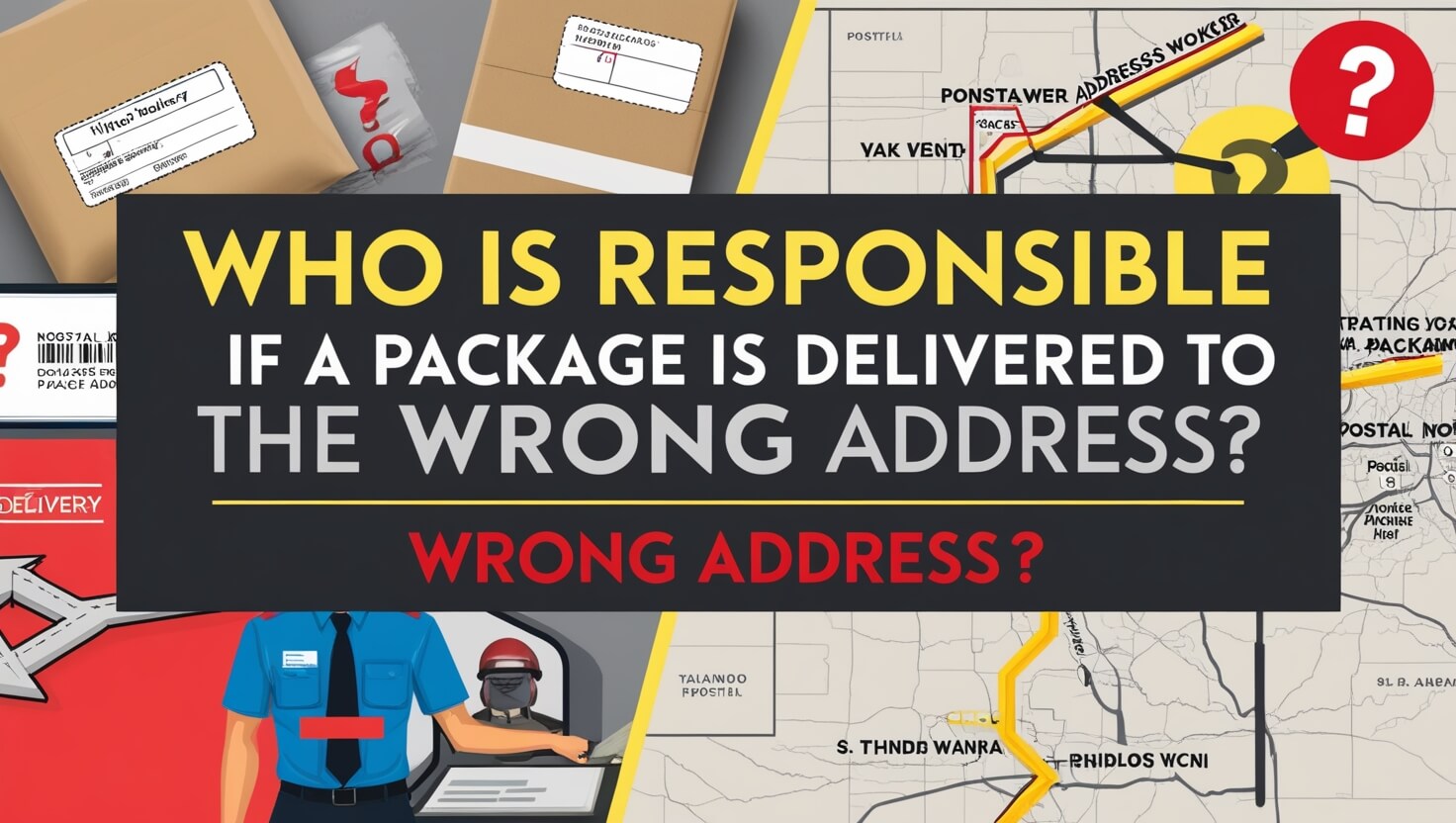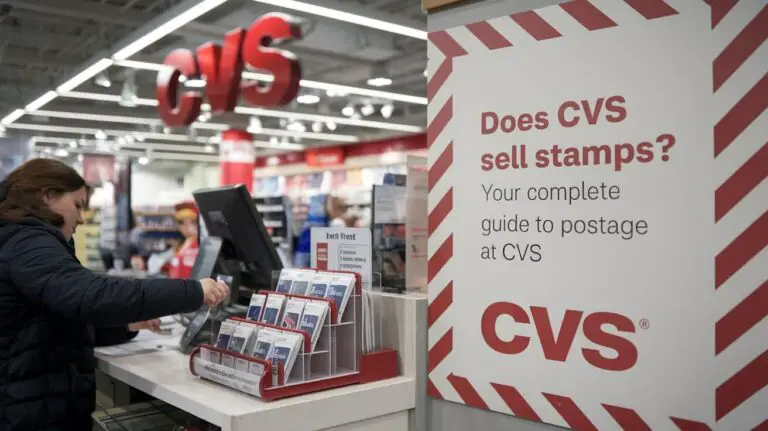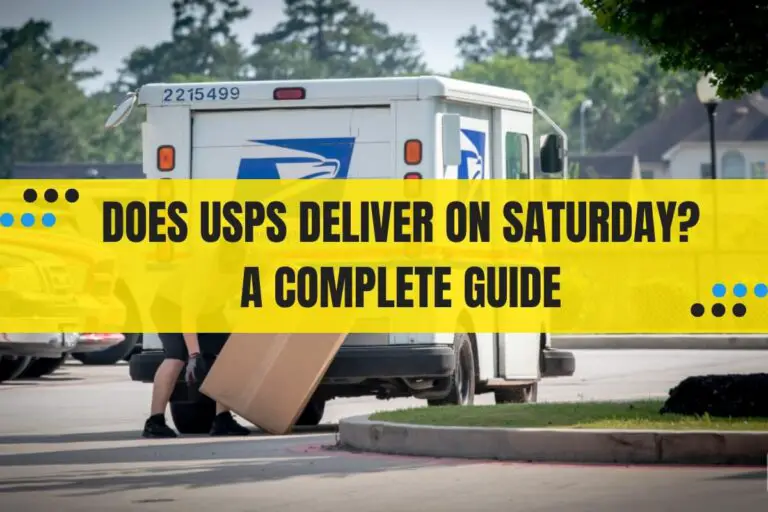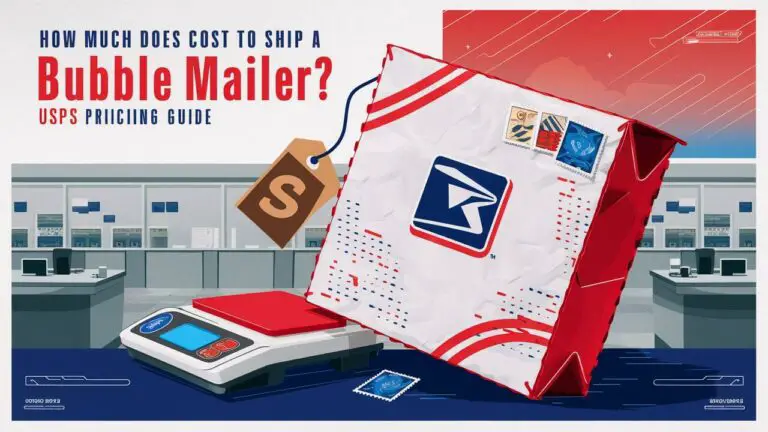Who Is Responsible If a Package Is Delivered to the Wrong Address?

In today’s world of online shopping and frequent deliveries, it’s crucial to understand what happens when things go wrong. The responsibility for a package delivered to the wrong address typically falls on the shipping carrier, but it can involve the sender and recipient as well. This article will explore the complexities of misdelivered packages, detailing the roles and responsibilities of all parties involved.
How Package Delivery Systems Work
Package delivery systems are complex networks involving multiple steps and parties. From the moment you click “buy” to when the package arrives at your doorstep, numerous processes occur behind the scenes.
Firstly, the seller processes your order and prepares it for shipment. They then hand it over to a shipping carrier, who transports the package through various sorting facilities. Finally, a local delivery driver brings it to your address.
But what happens when this well-oiled machine hits a snag?
Common Reasons for Misdeliveries
Packages can end up at the wrong address for several reasons:
- Incorrect address input by the sender or buyer
- Outdated address information
- Similar street names or house numbers in close proximity
- Human error by delivery personnel
- Unclear or damaged address labels
Understanding these causes can help prevent future misdeliveries and clarify who bears responsibility when they occur.
Laws Governing Misdelivered Packages
The legal landscape surrounding misdelivered packages can be tricky to navigate. In the United States, the Federal Trade Commission (FTC) provides guidelines on handling merchandise you didn’t order. However, these rules don’t directly address packages delivered to the wrong address.
Generally, if you receive a package that isn’t yours, you’re not legally entitled to keep it. The ethical and legal course of action is to return it to the sender or notify the carrier.
Ethical Responsibilities of Recipients
While legal obligations might be unclear, ethical responsibilities are more straightforward. If you receive a package that isn’t yours, the right thing to do is to try to get it to its rightful owner. This could mean:
- Contacting the carrier
- Returning the package to the sender
- Delivering it to the correct address if it’s nearby
Remember, how you’d want others to handle your misdelivered packages should guide your actions.
Sender’s Responsibilities
The sender plays a crucial role in ensuring correct deliveries. Their responsibilities include:
Proper Addressing and Packaging
Accurate addressing is the first line of defense against misdeliveries. Senders should:
- Double-check recipient addresses
- Use clear, legible labels
- Include return address information
Proper packaging also helps prevent label damage or loss during transit.
Insurance and Tracking Options
Senders can protect themselves and their customers by:
- Purchasing shipping insurance for valuable items
- Using tracking services to monitor package progress
- Opting for signature-required delivery for important shipments
These measures not only provide peace of mind but can also help resolve disputes if a package goes astray.
Carrier’s Responsibilities
Shipping carriers bear significant responsibility in the delivery process. Their duties include:
Delivery Accuracy
Carriers must make every reasonable effort to deliver packages to the correct address. This involves:
- Training delivery personnel properly
- Using GPS and mapping technologies effectively
- Implementing quality control measures
Misdelivery Protocols
When misdeliveries occur, carriers should have clear protocols in place:
- Promptly investigating misdelivery claims
- Attempting to retrieve misdelivered packages
- Compensating senders or recipients for losses, when appropriate
Many carriers offer online tools and customer service options to help resolve delivery issues quickly.
Recipient’s Responsibilities
Even as the receiving party, you have certain responsibilities:
Checking Package Details
Before opening a delivered package, always check:
- The name on the label
- The address details
- Any visible damage to the package
If something seems off, don’t open it. Contact the carrier or sender instead.
Reporting Misdeliveries
If you realize you’ve received someone else’s package:
- Don’t open it if you haven’t already
- Contact the carrier immediately
- Follow their instructions for returning or holding the package
Quick action can help reunite the package with its rightful owner and prevent further confusion.
What to Do If You Receive a Misdelivered Package
Finding yourself with someone else’s package can be puzzling. Here’s a step-by-step guide on what to do:
- Check the label carefully to confirm it’s not yours
- Don’t open the package if you haven’t already
- Contact the delivery company using their customer service line
- Explain the situation and ask for guidance
- If instructed, leave the package for pickup or take it to a local office
- If the correct address is nearby, you might choose to deliver it yourself
Remember, keeping or using items from a misdelivered package can have legal consequences.
Legal Implications of Keeping Misdelivered Packages
While it might be tempting to keep a misdelivered package, doing so can lead to trouble. In many jurisdictions, keeping goods you know aren’t yours can be considered theft.
The law generally expects you to make reasonable efforts to return misdelivered items. Failure to do so could result in fines or even criminal charges in extreme cases.
What to Do If Your Package Is Delivered to the Wrong Address
Realizing your package has been misdelivered can be frustrating. Here’s how to handle it:
Tracking and Locating Your Package
- Check the tracking information for delivery details
- Verify the delivery address is correct
- Look for any delivery confirmation photos
If the tracking shows delivery to the wrong place, you’ll need to take action.
Contacting the Carrier and Sender
- Reach out to the carrier’s customer service
- File a claim for a misdelivered package
- Contact the sender to inform them of the issue
- The sender may need to initiate a trace with the carrier
Stay persistent and keep records of all communications during this process.
Prevention Strategies
Preventing misdeliveries is always better than dealing with them after the fact. Here are some strategies:
Tips for Senders to Avoid Misdeliveries
- Use address verification tools before shipping
- Print clear, weather-resistant labels
- Include both sender and recipient phone numbers on labels
- Consider using delivery services that offer real-time tracking
Recommendations for Recipients to Ensure Correct Deliveries
- Keep your address up-to-date with frequent senders
- Use a package receiving service if you’re often away from home
- Provide detailed delivery instructions when possible
- Consider installing a secure package box at your residence
Real-life Scenarios of Misdelivered Packages
Let’s look at some examples of how misdelivered package situations played out:
- The Case of the Neighboring House Numbers: John’s package was delivered to 123 Elm St instead of 132 Elm St. The neighbor noticed the error and brought it over, resolving the issue quickly.
- The Cross-Country Mix-up: Sarah’s package from New York ended up in California due to a sorting error. The carrier had to retrieve the package and reship it, causing a week-long delay.
- The Honest Recipient: Tom received a valuable electronics item meant for someone else. He contacted the carrier, who arranged a pickup, and the package reached its rightful owner the next day.
These scenarios highlight the importance of honest communication and prompt action in resolving misdelivery issues.
Technology and Future of Package Delivery
Advancements in technology are helping to reduce misdeliveries:
Innovations Reducing Misdeliveries
- AI-powered sorting systems
- Blockchain for transparent tracking
- Drone deliveries for hard-to-reach areas
- Smart mailboxes that only open for correct packages
Emerging Trends in Package Tracking and Delivery
- Real-time GPS tracking of individual packages
- Virtual assistants for package-related queries
- Predictive delivery time algorithms
- Augmented reality for visualizing package dimensions and placement
As these technologies evolve, we can expect to see fewer misdeliveries and quicker resolutions when they do occur.
Conclusion
Dealing with a package delivered to the wrong address can be a hassle, but understanding the responsibilities of each party involved can make the process smoother. While carriers bear much of the responsibility for ensuring accurate deliveries, senders and recipients also play crucial roles in preventing and resolving misdelivery issues.
By staying informed, acting promptly, and using available technologies, we can all contribute to a more efficient and reliable package delivery system. Remember, how we handle misdelivered packages not only affects us but also our neighbors and community. Let’s work together to ensure every package finds its rightful home.
Frequently Asked Questions About Misdelivered Packages
Can I keep a package that was delivered to me by mistake?
No, it’s not legal or ethical to keep a package that isn’t yours.
How long does the carrier have to resolve a misdelivery?
This varies by carrier, but most aim to resolve issues within 5-7 business days.
What if I opened a misdelivered package before realizing it wasn’t mine?
Contact the carrier immediately and explain the situation. They’ll guide you on next steps.
Can I be held liable for a package that was mistakenly delivered to me and then stolen?
Generally no, as long as you didn’t knowingly neglect or mishandle the package.
How can I prevent packages from being delivered to my old address?
File a change of address with the postal service and update your address with frequent senders.
By understanding these common questions and their answers, you’ll be better equipped to handle any misdelivery situations that may arise. Remember, when in doubt, always contact the carrier or sender for guidance.





